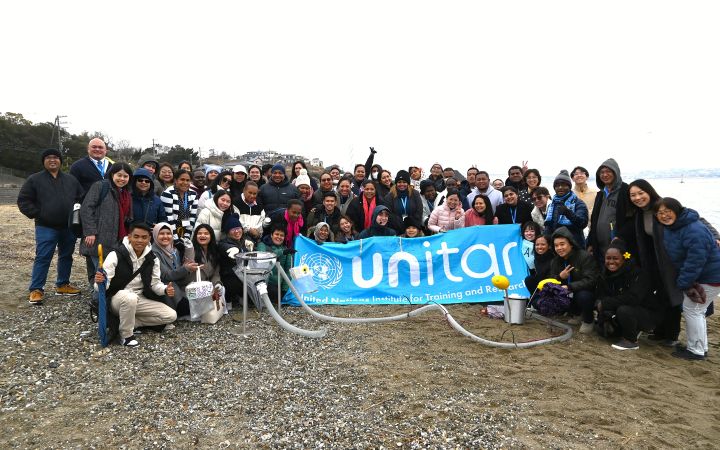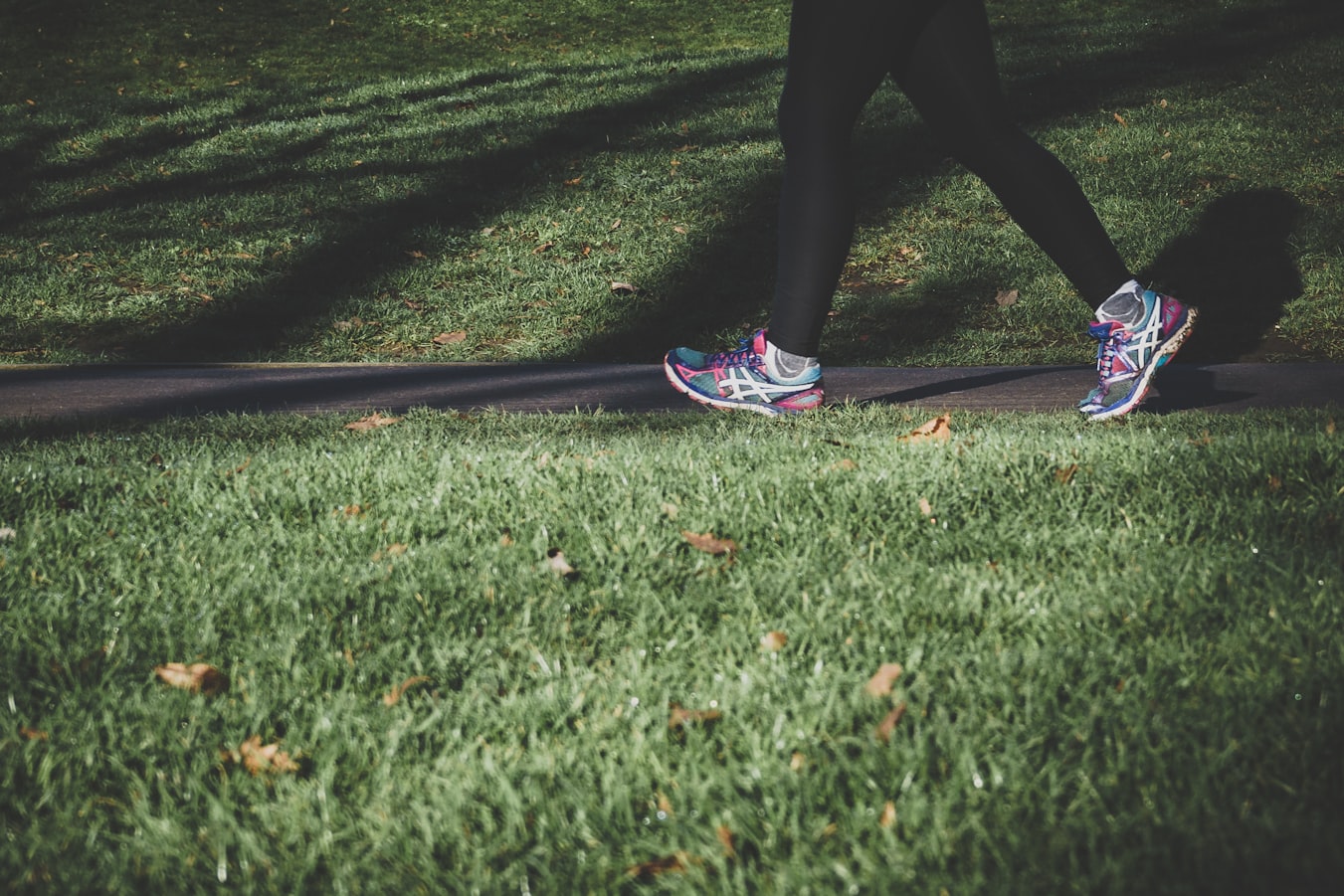A new report has shone new light on the critical role of community pools in remote communities – providing a range of holistic benefits including water safety education, health benefits and social connection – amid warnings that outdated infrastructure risks the future of these vital facilities.
The report by the Centre for Social Impact at the University of Western Australia examines the social impacts of community pools in the Pilbara region and the programs run on those sites by the Royal Life Saving Society of Western Australia, finding the pools have become thriving local hubs, particularly for children and young people, and provide valuable training and employment opportunities.
In the Pilbara region, where water safety and drowning risks are of particular concern, increasing water safety skills is a vital benefit of community pools and the Royal Life Saving WA’s specialist programs. Drowning rates in regional Western Australia are 2.5 times higher than in the Perth metropolitan area and in the Pilbara, Aboriginal people are more than twice as likely to drown than non-Aboriginal people.
The report also found that community pools and Royal Life Saving WA programs are providing valuable health benefits to the region, particularly through increasing physical activity and preventing disease and skin conditions. Community pools and Royal Life Saving WA programs offer vital social and community benefits, including an opportunity to facilitate social connection, cross-cultural collaboration and employment opportunities.
Royal Life Saving WA is the largest provider of water safety education in Western Australia. It provides a range of programs at 14 pools within the Pilbara, including Infants Aquatics, Swim and Survive, Swim for Fruit, Bronze Medallion, and No School No Pool programs.
The study showed that Talent Pool – Royal Life Saving WA’s program for creating first-time employment opportunities for young people – was not only novel, but highly effective at creating engagement and employment opportunities for young people in the Pilbara. The Talent Pool program offers realistic pathways into paid positions such as a pool attendant, life guard, pool operator, or duty manager.
Professor Paul Flatau, Director of the Centre for Social Impact UWA, said the research highlighted the holistic value of community pools in remote communities.
“Speaking to community leaders, program participants and their families, as well as local staff, showed the enormous impact that community pools have beyond recreation and physical activity,” he said. “Community pools deliver so much for remote communities with flow-on positive benefits to health, education and social engagement, but we also learned that these benefits are at risk.”
“The effects of ageing infrastructure are already being felt – during our fieldwork trip to South Hedland, an unexpected and extended town-wide water outage meant that the pool had to be temporarily closed since it leaks and requires constant replenishing. Such problems are only likely to increase in severity with time – Australia’s remote communities need strong investment from the public and private sectors to ensure these pools remain viable and accessible into the future.”
Royal Life Saving WA CEO Peter Leaversuch said the report showed how pools had evolved into centres for learning and community development, offering health benefits, boosting school attendance and creating jobs for the local community.
“Approximately 21% of primary school-aged children in WA miss out on swimming lessons each year, but learning to swim is a vital life skill for all children whether they’re in Perth or the Pilbara,” he said.
“This research highlights the incredible impact remote pools have on so many levels, but also the challenges they face in terms of infrastructure and resourcing – factors which need to be addressed to help ensure children and their families in remote communities can thrive into the future with community pools.”
The researchers in the study combined quantitative data from the RLSSWA and qualitative data methods, including interviews and field work, to measure the impact of community pools and the RLSSWA’s programs in Pilbara. Across a 10-month period there were:
- 5,976 Swim and Survive participants
- 1,194 Infant Aquatics participants
- 365 Swim for Fruit program participants
- 147 Bronze Medallion and Talent Pool participants (combined)
- 90 Junior Lifeguard Club participants
- 56 people engaged in employment
- 27 peer mentors





